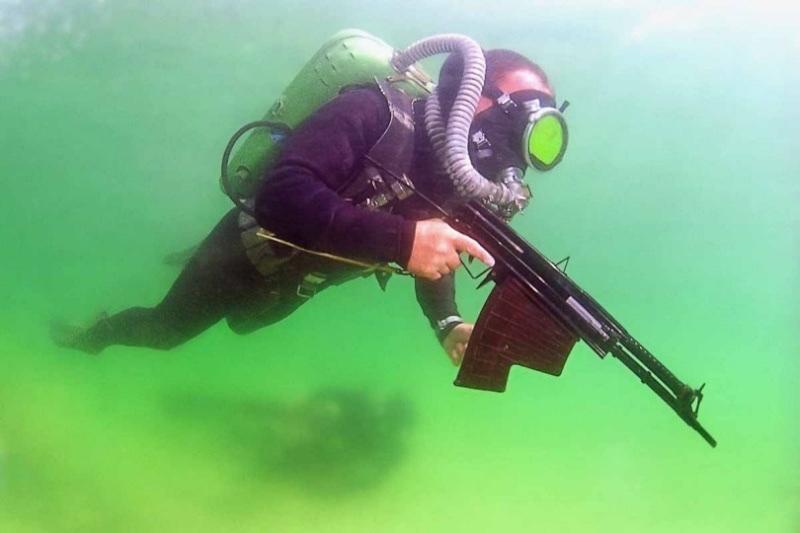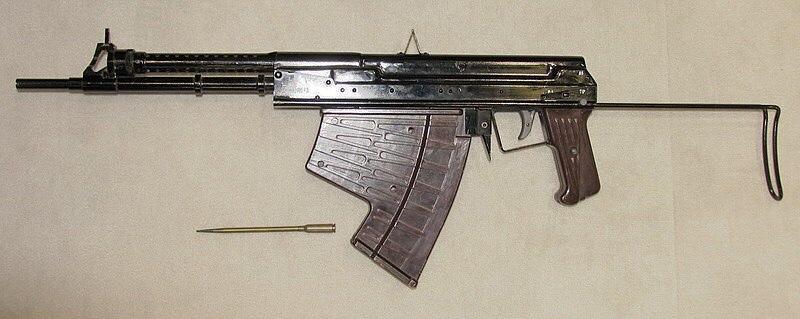I doubt it, trial and error over 75 years has produced what we have now and virtually all speargun permutations have been tried. Often lessons learned have been forgotten and then had to be repeated, but each time ends up with the same result. Spearguns are very simple devices, but need to be suited to particular jobs while offering a measure of reliability.
Disagree. Firearms have been around over 500 years and we're still inventing new
systems. Speargun are nascent by comparison.
Spearfishermen can be very simple. Spearguns are
complex - especially rubber powered ones.
These are the mathematical expressions that just manage to predict where their energy is even going. The very act of measuring a rubber in the system can permanently change it's behavoir. Rob Allen believes it's impossible to predict rubber behavoir with any accuracy. This makes repeatable data almost impossible - a
complex problem.
Rollerguns are a new idea - they started emerging around 2006 and inverted guns are even newer. The hardware, even the best purpose designed stuff isn't yet of a great standard. Further, very few speaguns are designed as a
system - most resemble a collection of components.
I contacted all major speargun manufacturers and many minor ones - very few were interested in research (Rob Allen and Picasso being notable exceptions). Very few conduct science based product development, and of those few, most have only started recently:
"
I have been building guns for 35 years. For the majority of this time I was just working by trial and error and thumb sucking" - Rob Allen (10 Feb 2020)
There is also a huge trend towards marketing glamour in the industry. Manufacturers are capitalising on spearfishers lack of understanding to offer products that often don't make sense. Spearfishers are our own worst enemy - we don't hold manufacturers to account with our purchasing power.
We're seeing two big industry changes at the moment:
1. The dissemination of CNC and automated processes (Eg 4-axis routers) to large scale speargun manufacturers; think
Riffe legacy vs
Riffe Maurauder. The CNC machines required to make speargun components (steel)
only leaked from large-scale machine shops around 2015 - although they are still mighty expensive. 3D printing also allows micro-makers to compete with injection moulding and large-scale operations to conduct rapid R+D without using unresponsive Chinese supply chains.
2. A burgeoning academic interest. The Ardea study was written in 2016. The first scientific study was conducted by Worthington in 2017. Duncan Henderson has been conducting research in New Zealand. My Thesis will drop this year. Tatara might carry the torch onwards?
Academic research is important; it supports the development of knowledge in the spearfishing community - not withhold knowledge as competitive advantage.
For example, I just launched a website that simulates any speargun using just 14 variables - and returns data like predicted spear velocity, energy, gun recoil , efficiency etc. Coronavirus has prevented pool testing so far, but I anticipate confirming the analysis later this year.
It can be used to compare spearguns and their characteristics - although I'm taking a few more days to work on the interface before sharing it.
The future is bright. I foresee a slow transformation and general improvement in the spearfishing community and our tools.
JS.





